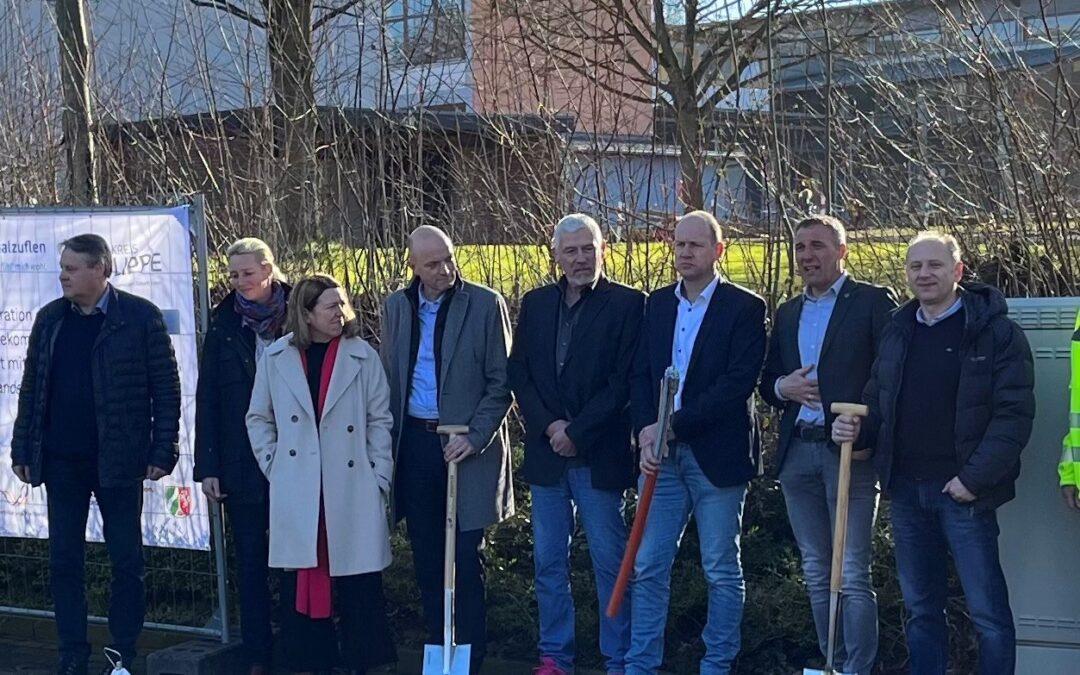The digitalization of schools has been a political priority for many years. As early as 2017, the “Digital Classroom” campaign placed a special focus on connecting schools to broadband expansion. With the special call for schools and hospitals as part of the federal broadband funding program, the funding and expansion were further sharpened in 2018. With the launch of the gray-spot program in 2021, schools will continue to be eligible for funding wherever a gigabit connection is not yet available or has not yet been established. Over 12,000 schools are currently eligible for funding (as of January 2023). The digitalization of schools is necessary to facilitate social change and to enable equal opportunities and educational equality at an early stage in society. The coronavirus pandemic was not the only time that the needs became clear once again.
However, gigabit-capable networks are not the only fundamental prerequisite for this. The education sector must also continue to develop digitally, as the use of digital media in schools will become standard in the medium term. However, studies such as the D21 initiative’s digital index show that there are still deficits in the media skills of both pupils and teachers. Both groups must be able to use modern hardware and software in order to fully exploit the potential of digitalization for the education sector. In schools, this also involves improving technical equipment and the provision of appropriate network infrastructures. In addition to quality standards and seals of approval, the Digital Pact for Schools has been supporting the federal states and local authorities with 6.5 billion euros since 2019.
This can be used to co-finance the operation of digital education infrastructure, procure end devices for pupils and teachers and pay IT administrators. Although this pact ends in 2023, the follow-up program is already being designed and is set to run until 2030. As part of this, the sustainable acquisition of new hardware, the replacement of outdated technology as well as device maintenance and administration are to be comprehensively regulated and simplified. The schools in Bad Salzuflen will already have a fast broadband network by then. The fiber optic expansion was funded by the federal government with 297,609.00 euros. The state funds amount to 226,750.00 euros and the local authority’s own contribution is 56,688.00 euros. In addition, three hospitals will also be supplied with fiber optics.

